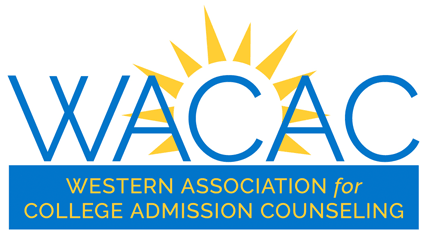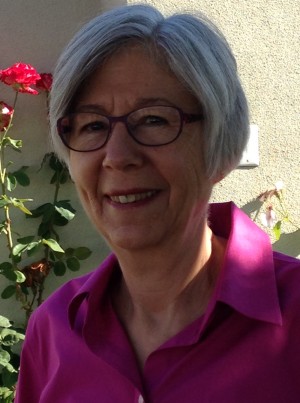For high school seniors, the wait is over; admissions decisions are in hand. College admissions staff are now waiting to see who will accept their offers. Will that student whose essay was passed around the office and brightened our day choose to attend? Next fall members of the high school class of 2015 will begin a new adventure at an institution where, if they take advantage of the opportunities provided, they will thrive and grow. The admissions staff will welcome a class of students well prepared to take advantage of the opportunities they are proud to represent.
Why then, is the tone of the news from those who work with high school students, so full of disappointment and despair? It is difficult to listen to our students’ sadness when they are not admitted to their first choice college. As experienced counselors, we have the perspective to realize that their concept of first choice is based on an immature ability to evaluate their wants and needs and that many, many institutions could equally be their first choice. Our responsibility is to help each student celebrate the opportunities they have been offered and prepare them to arrive in the fall excited for their new first choice.
I am sad at this point of the year and in need of sharing my feelings with a friend and colleague over a good glass of pinot noir. My need for consolation is not due to the students denied admission to highly selective colleges. It is my inability to change the world for the student with an EFC of 0 whose financial aid offers leave the family responsible for $12000 or more per year, after federal subsidized and unsubsidized loans. $10000 per month is insurmountable. My heart goes out to the student who has overcome temporary homelessness, who works two eight hour shifts at a restaurant each weekend to help feed her family and has completed a rigorous college preparatory curriculum and sees her dream to attend a four year college denied. I know that she, too, will need a new first choice plan. She will begin next fall at a community college. She will struggle with transportation and with family responsibilities as she continues to pursue her dream.
The majority of colleges have limited financial aid resources and they do the best they can to help students meet their costs. I salute the public universities in Virginia for raising tuition and increasing financial aid and also the public universities in California for significant efforts toward affordability for low and middle income students. We can do more. As members of WACAC and NACAC, let’s start pushing for increases in the Federal Pell Grant. This lifeline for the neediest students’ needs to reflect the current reality of college costs. Write a letter, pay a visit to your congressional representatives’ offices. Many voices raised together can make a difference.
By Peggy Hock
WACAC President


Very well said Peggy, thank you!